When working with children who have different types of developmental disorders, whether it be dyslexia, processing disorders, Autism, ADHD, we approach things a little differently.
Often, professionals working with these types of cases will attribute the child’s deficiencies to things like genetics, poor behavior, or lack of effort, but these do little to truly explain and understand the problem.
While we know that these children do not have physical neurological signs represented imaging or lab work, we also know that the function of the brain is not where it should be. While genetics may play a role, the function, timing, and coordination of brain areas may be hampered due to changes in development and environmental stresses.
Think of it this way. Say you’re trying to teach your child how to shoot a basketball, but you’re frustrated every time they miss the basket. It doesn’t seem to make any sense. They have eyes and can see the hoop. The have hands and arms so they can hold the ball. They have legs so they can push off and jump. If they have all the necessary pieces, why can’t they get the ball to go in the hoop?
The reason they can’t score isn’t a matter of having hands and eyes, it’s a matter of having the proper training or development that allows them to coordinate and time all of their movements to create a fluid action that propels the ball upwards towards to the basket.
Unfortunately, this scenario occurs many times throughout the day for our children depending on their area of difficulty. This can be frustrating and stressful for parents, but more importantly, for the children. This can lead to behavioral and emotional outbursts, not because they refuse to participate or complete an activity, but because they simply don’t have the neurological capacity and function to do so.
The good news is that just like any other physical skill, specific areas of the brain can be targeted with specific exercises that stimulates and improves its function.This allows kids to see vast improvements in their conditions and things that may have been difficult before (reading, writing, communicating, emotions, interacting with peers) can now be appropriately integrated because their foundation or capacity to do so has been improved.
In addition, when our brain is developmentally delayed, it is common to have delays in areas of our physiology such as gut and digestive function. This can create a whole host of problems, but to name a few, decreased absorption of nutrients, inflammation due to food sensitivities, and pain/discomfort with digestion can be huge limiting factors to a child’s wellbeing.
In review, when examining a case a developmental delay or developmental disorder, the entire system must be taken into account to improve the odds of healing and growth. To get a child back on track we must give them the neurological foundation to do so, allowing them to then go forward and achieve their true potential.

